Frontlist | The pandemic reminds us of our relationship with nature. Are more books coming on this topic?
Frontlist | The pandemic reminds us of our relationship with nature. Are more books coming on this topic?on Aug 13, 2020
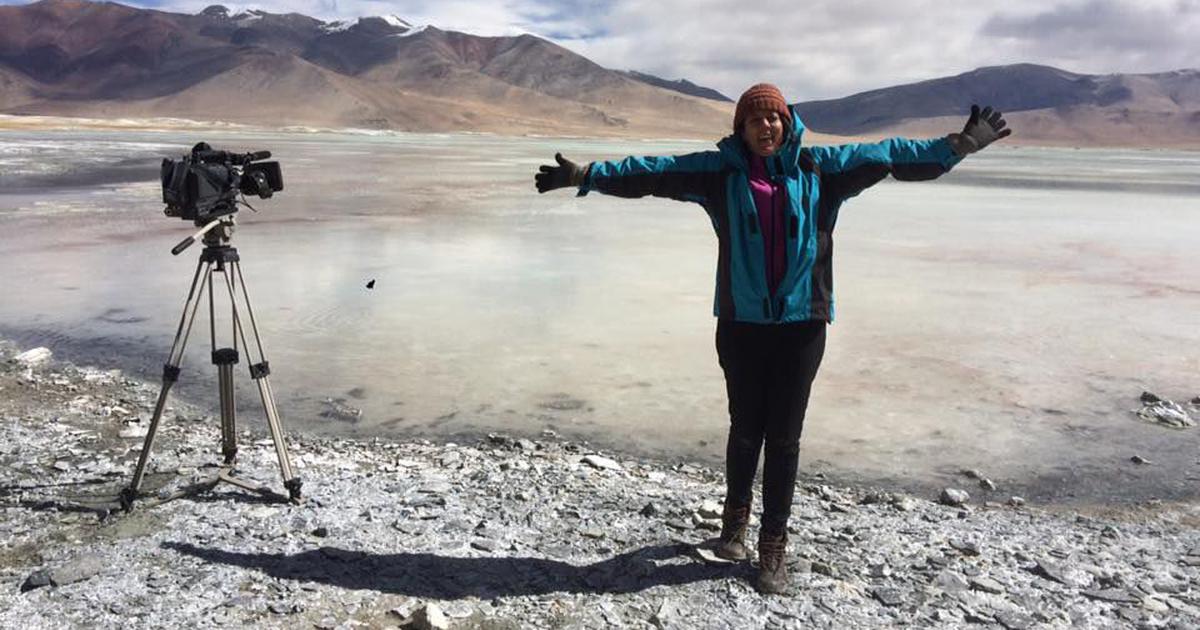
Interest in nature and nature-watching went up during the lockdown. Writer Bahar Dutt asks if the publishing business is paying attention.
Even as millions of migrant workers took the long walk home, thousands of middle class Indians started baking banana bread and slowing down the pace of their lives. We tested our culinary skills and watched nature flourish from our balconies while occasionally clanking thalis. We woke up to the gentle chirping of birds instead of the cacophony of car horns and revelled in our skies cleansed of PM 2.5 as we began to breathe better. The balcony became our connection with the outside world and the antics of the neighbourhood squirrels provided welcome relief. In the digital world too, nature abounded – Twitter was alive with the tweeting of actual birds instead of the vitriol of trolls and Instagram exploded with pictures of sheep walking around a ghost town. Many say that the pandemic is linked to our broken relationship with nature. Humanity’s “promiscuous treatment of nature” needs to change or there will be more deadly pandemics such as Covid-19, warn scientists who have analysed the link between viruses, wildlife and habitat destruction. Experts have argued that bats, which host many of these viruses, are more likely to transfer to humans or animals if they live close to “human disturbed ecosystems”. To prevent future pandemics, we must control the impact of human activities on nature. This leads me to believe that after this pandemic there will be renewed interest in nature based solutions and writings based on our natural environment.Pre-pandemic surge
Even before the pandemic, interest in nature driven books had been on the rise. Nature writing in India has come a long way since the days of “shikaar” literature chronicled by Jim Corbett and Kenneth Anderson. The chronicle of the hunt for the “man-eating leopard” never really appealed to me in any case, for they were narratives that highlighted a dichotomy – the decimation of wildlife and its ecological consequences. Instead, I was taken by the adventures of a five-year-old boy on the picturesque island of Corfu and his dream of setting up his own zoo. No other author has captured the imagination of nature lovers in India as much as Gerald Durrell and his books about his adventures with his family, amidst wild creatures that had more universal appeal. Inspired by the Durrells, generations of young people across India have hoped to set up a zoo on an island or wished for an encounter with a mighty pelican or a gypsy with a brown bear for a pet. Another English author who fired my imagination and transported me to the British countryside was James Herriot. Like many others of my generation, I grew up yearning for the Yorkshire Dales and laughed at characters like Mrs Pumphrey, envious of Herriot’s life as a veterinary doctor. Many Indian writers have been inspired by the humour of Herriot and Durrell when describing nature and animals. A little known book that thrilled me to bits was Harry Miller’s A Frog in My Soup. Written by a British-born journalist settled in India, the book chronicles his life on the edge of Chennai with toads peeping out of his toilet and a slender loris for a pet. When I wrote my first book, I didn’t want to write an ode to wildlife or the beauty of nature or my eccentric escapades with wildlife, enjoyable as such themes are. I wanted to write on the devastation of our planet and our wildlife in the name of development. My writings on nature stemmed from my uneasiness with the mindless destruction I saw all around me. Forests flattened to make place for highways, wetlands choked with concrete for an airport and rivers imprisoned for mega dams became the new definition of development as our economy opened doors to the world. It also became my pivot for telling stories be it as a broadcast journalist or an author. I was warned that people only like to read about the beauty of nature, not what is ailing it, and so my book was not likely to sell. But my editor VK Karthika, who was then publisher at HarperCollins India, fortuitously thought otherwise. It took a year’s break from the daily grind of journalism to distil ten years of reporting into one book – Green Wars: Dispatches from a Vanishing World, which was published in 2010. Today, when I meet young people at book festivals and they tell me they have read the book, I am astounded, given that hundreds of books are written and published in India every yearPost-pandemic blues
Despite the fact that nature writing has flourished over the years, how will disruptions in the publishing world impact this genre? Even before the pandemic hit us, the publishing industry was in a crisis. Independent bookstores saw fewer footfalls each week, works of fiction witnessed a sharp decline in sales, and books by new writers always had a hard time getting noticed. The fear now is that the post pandemic world will only exacerbate the troubles of the publishing world. Will our invigorated interest in nature lead to more books on the subject, and will sales increase for this genre of books? The good news is that more and more people are writing about nature, and using different forms of story-telling for it. Writers like Arati Kumar Rao have used the visual medium to tell the world about the devastation of the Sunderbans from an oil spill. Cartoonists like Rohan Chakravarty use satire and humour to critique the government’s policies on the environment. Kid-lit author Bijal Vachharajani in her novel A Cloud Called Bhura uses a climate champion to talk about serious topics like pollution and climate change. Writing on nature is no longer restricted to coffee table books based on an exotic safari or poetic odes to the beauty of nature. The digital medium has allowed a plethora of bold writers such as Aruna Chandrashekhar, Sonali Prasad and Chitranganda Choudhary to be recognised. They may not have written full-length books (yet), but their journalism has pushed the envelope by investigating polluters and documenting stories of people fighting for clean air and water. What nature writing needs is books on such bold subjects by writers like them. At the moment publishers tend to see nature books as “niche” small budget books, making it difficult for writers to take time off from their day jobs to write these books. So, I think the publishing industry itself needs to take the first step – whether through higher advances and increased print runs, or focused promotions at stores and festivals. Of course, this is my own viewpoint as a writer. How do publishers feel about this genre? An editor I spoke to said, “The only books in the genre that have sold fabulously well are because the writers are big in their own right. At the beginning of the pandemic, I had hoped that this area would explode with studies and interest. I haven’t seen that happen yet, but I’m still certain that many more people will engage with the idea of nature more respectfully...” A sales representative for a publisher argued, “Nature and environment aren’t very big categories for publishers. These books get lot of attention, great reviews, but it rarely translates into big sales numbers. Chances of books on nature and environment breaking out and selling more than 10,000 copies are very slim, barring a few exceptions like Pradip Krishen’s fabulous JungleTrees of Central India and Trees of Delhi. Another runaway success in the category is The Hidden Life of Trees. It continues to sell.”Post-pandemic marketing
To my mind the Great Book on India’s Environment is waiting to be written. A book that documents the story of the biggest polluters, an investigative narrative on the lines of Bottle of Lies by Katherine Eban, which looks at the dark side of the Indian pharma industry, could be the kind of book we need. Of course, literary festivals will also take a hit in the post-pandemic world. But will the fact that our chai pe charcha at the Jaipur Litfest will now be converted into a videoconference have an impact on book sales? Not in the least, I would say. I complained to a fellow author once, having attended four litfests in a row, “I sold just 10 books”. He retorted, “Wow that’s super, I sold none!” While I am grateful to have travelled to all the big and small literary festivals to promote both my books, the fact is you sell very few books at these sponsored soirees. What I have enjoyed immensely at literary festivals is the opportunity to interact with other authors after a year of writing alone in a musty library. There is also the question of the pecking order of sessions at litfests. At a festival I attended for my book with Oxford University Press, Rewilding in India: Experiments in Saving Nature, I discovered to my horror that my session was running concurrently with Shashi Tharoor’s in the main auditorium. Who would give up the opportunity to listen to the eloquent Tharoor to attend the reading of my little book on nature? I sat reading to a handful of people while I could hear the loud claps of a 500-and-odd crowd in the auditorium cheering Tharoor like he just won the superbowl! That’s why, in the world of publishing, where you get “placed” is all-important. Where is your session at the litfest – is it in the main auditorium or in a small venue? Where is your book on nature placed in the bookshop – out on the main display window or inside in the travel section (because that’s where they place nature books)? When I speak to bookshop owners, they say only the top bestsellers are put out front. I don’t understand this. Shouldn’t it be the other way around? Shouldn’t it be those tiny innocuous books not surrounded by the raucous cheerleading of social media that deserve a place in the window? In a post-pandemic world this trend too may change, with more and more readers flocking to online platforms. Do I sound too cynical about writing and publishing? I am not. I once met a 12-year-old girl who stood in a long queue of adults at the Hindu Lit Fest to get a signed copy of my book. I meet random strangers at book signing events who remember anecdotes from my book and seem to have lived my story as theirs. In the post-pandemic world, I hope that more and more people buy books on nature. As a genre, its time has come. It’s also time we put nature books in the display windows, not just because their covers are pleasing to the eye, but because some of us are willing to push the envelope and tell the stories that get buried under the headlines. BaharDutt is the author of Green Wars: Dispatches From A Vanishing World and Rewilding in India: Experiments in Saving Nature with Oxford University Press.
Books and Ideas
books on nature
books on the environment
Covid-19
Frontlist
Frontlist Article
Frontlist Author News
Frontlist Authors
Frontlist COVID-19
Frontlist India
Frontlist Latest Article
Frontlist Writers
Lockdown
natural history
nature writing
Pandemic



.jpg)






.jpg)

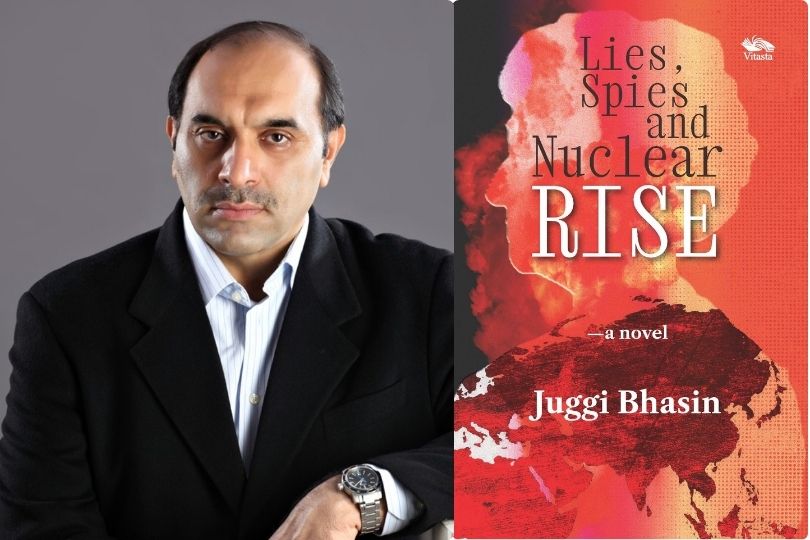
.jpg)
.jpg)
.jpg)

.jpg)
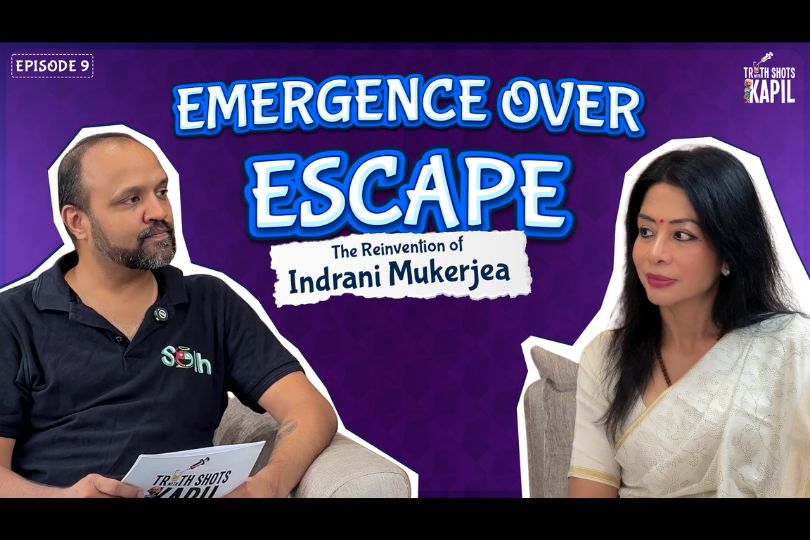
.jpg)
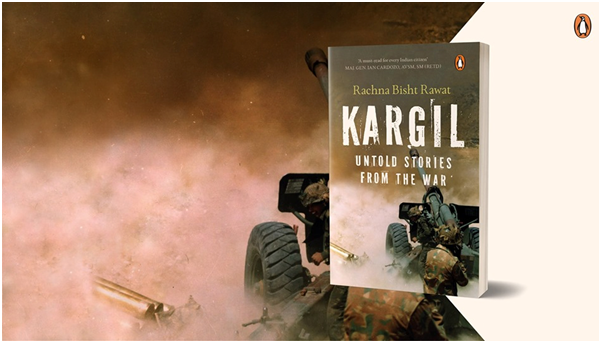
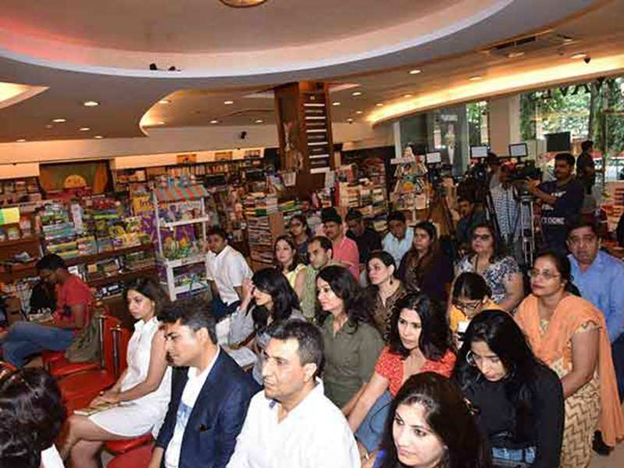

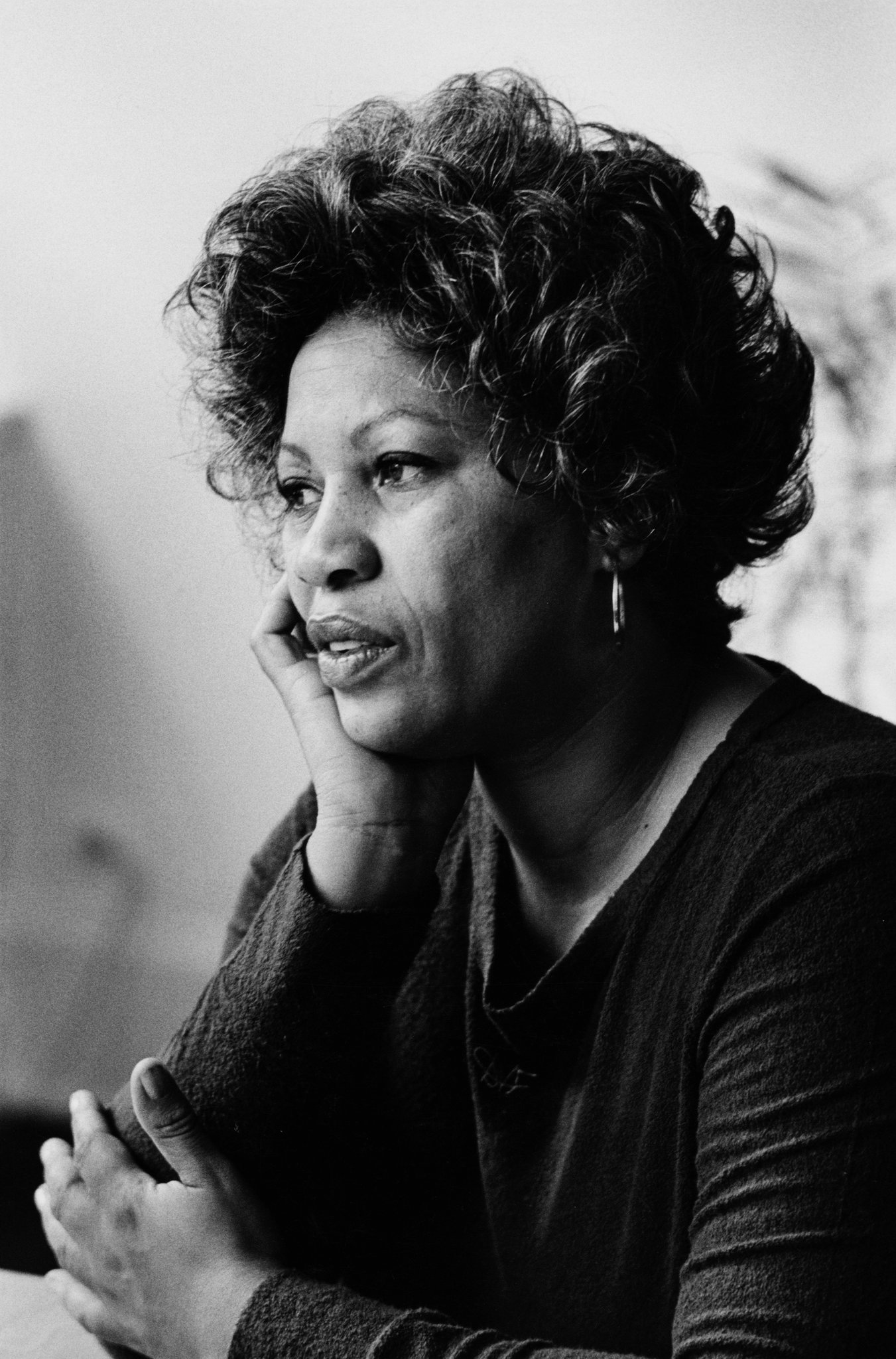
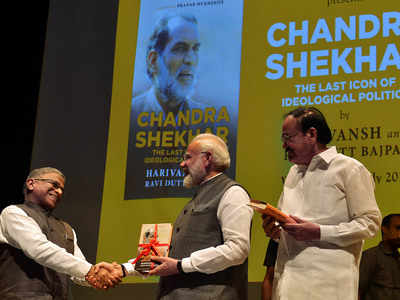





Sorry! No comment found for this post.